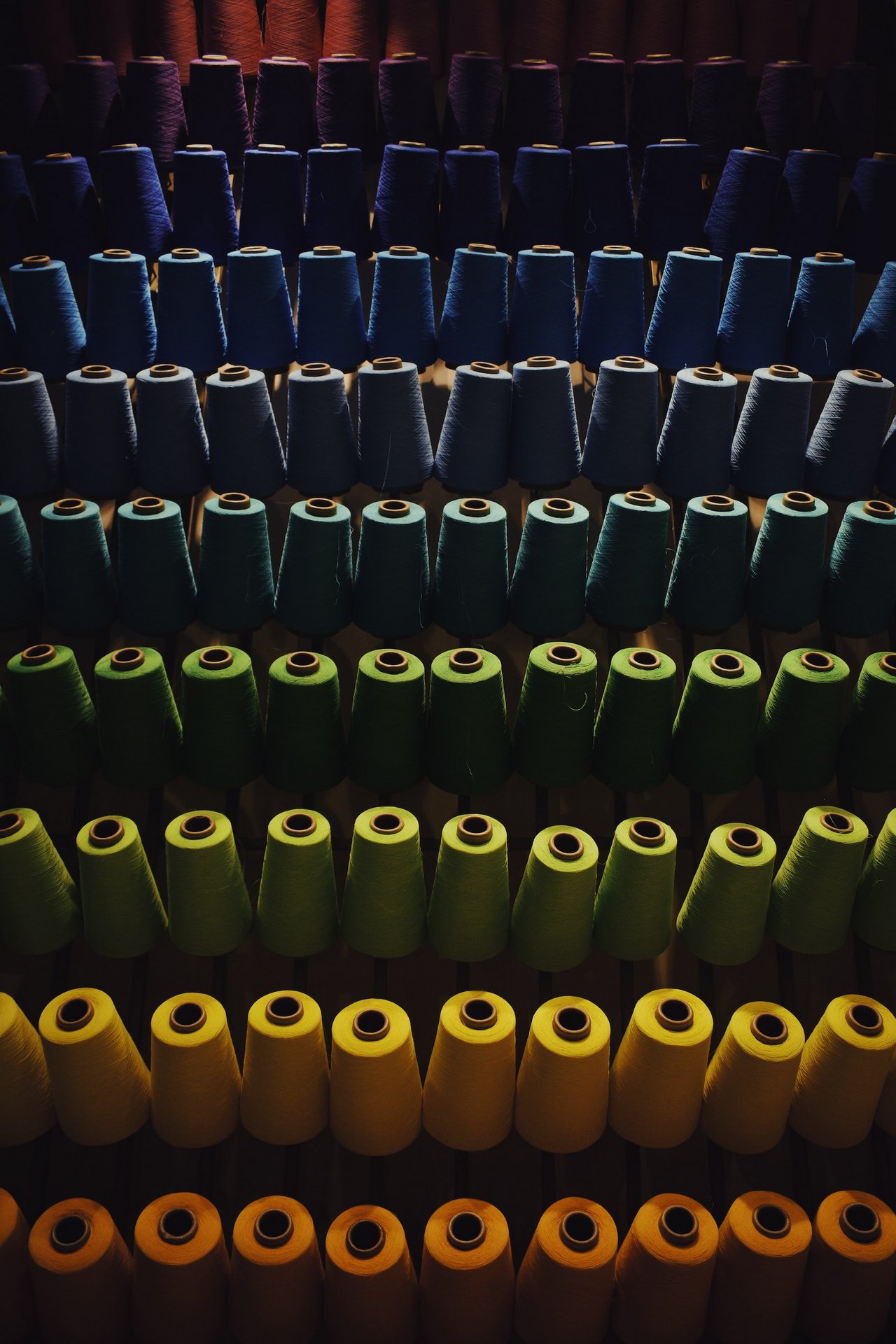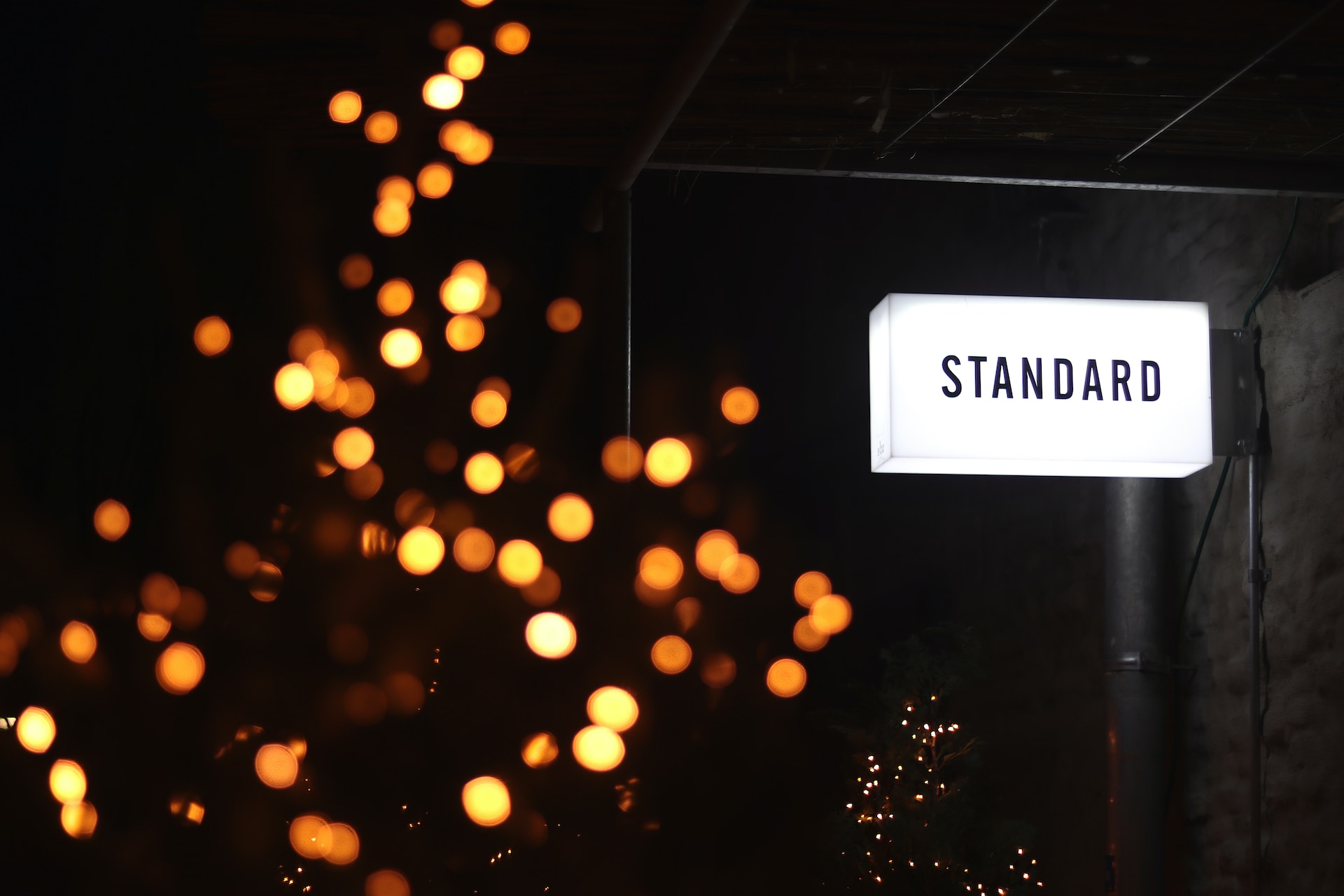BY CHRIS JONES | JULY 13, 2023 | 6 MINUTE READ
We’re in a period where technology is rapidly evolving, and new tools such as Generative AI will have a profound and disruptive effect on the fashion industry in the near future. However, as with Generative AI, where the outcome is predicated on the volume and quality of the data from which the models are trained, so is the same for product quality and compliance fundamentals. To ensure quality and compliance processes are followed rigorously and to capture the results precisely, the operations must be managed via digital workflows. In this article, I discuss how these processes are the fundamental ‘raison d'etre' of Fashion PLM platforms. If you implement and manage these PLM basics well, you will optimise product quality and compliance, generating significant cost savings and growth opportunities.
Introduction
In the fashion industry, maintaining high product quality and ensuring compliance with regulatory standards are critical factors for success. However, managing product quality and compliance across complex supply chains can take time and effort. Fashion Product Lifecycle Management (PLM) systems have emerged as powerful tools that enable fashion brands and retailers to optimise product quality and improve collaboration to ensure compliance throughout product development. In this article, I explore how Fashion PLM can streamline quality management, boost cooperation in compliance processes, improve product integrity, customer satisfaction, and brand reputation, and reduce costs such as product returns due to defects or sizing and fit issues.
Centralised Documentation and Standards Management
Fashion PLM systems provide a centralised data platform for managing product data, documentation, and standards related to product quality and compliance. These systems allow fashion companies to store and organise essential information, including product specifications, technical drawings, materials, and manufacturing guidelines, in a structured and easily accessible manner.
By centralising documentation, Fashion PLM ensures that all stakeholders have access to the most up-to-date and accurate information. This facilitates effective collaboration and communication between designers, merchandisers, technical designers, material development, colour specialists, sourcing teams, suppliers, manufacturers, and quality control personnel. With streamlined access to standards and guidelines, fashion businesses can enforce consistency in product quality and compliance requirements throughout the supply chain.
Streamlined Sampling and Prototyping Processes
Fashion PLM systems facilitate the sampling and prototyping processes, enabling fashion companies to refine product quality and compliance at an early stage. Creating digital products with DPC-3D solutions has improved selection decision-making and reduced costs by reducing physical samples. Still, physical pre-production samples are critical to ensuring high-quality garments with the correct fit. Designer teams can create detailed tech packs and sample requests through the PLM platform, specifying materials, measurements, and construction details.
By digitising these processes, Fashion PLM reduces the chances of miscommunication or errors during the sampling and prototyping phases. Designers, suppliers, and manufacturers can access and refer to the same information set, minimising discrepancies and ensuring product quality and compliance standards are met. Any necessary revisions or modifications can be tracked and documented, enabling a more efficient and controlled product development cycle.

Photo by Vishal Banik on Unsplash
Supplier Collaboration and Qualification
Fashion PLM systems facilitate effective collaboration with suppliers and support supplier qualification processes. PLM platforms enable fashion companies to evaluate and select suppliers based on predefined criteria, including product quality and compliance track record. Whether this information is captured within PLM or originates within a specialist testing and compliance solution, PLM can be the solution whether the holistic view of product data, quality results, and compliance records are all collated and shared.
Through the PLM system, fashion businesses can communicate their quality and compliance requirements to suppliers, ensuring they are well-informed and aligned with brand standards. The PLM platform also allows for real-time collaboration, enabling designers, quality control teams, and suppliers to exchange feedback, address issues, and resolve challenges throughout the product development process. This transparent and collaborative approach helps optimise product quality and compliance by proactively involving suppliers in the quality management process.
Quality Control and Testing Management
Fashion PLM systems streamline quality control and testing processes by providing functionality or integrating with solutions that manage inspections, certifications, and test reports. These solutions summarise this critical data to define quality control checkpoints, set sampling plans, and track inspection results.
Quality control teams can record and track quality issues, deviations, and corrective actions through the functionality or integration solution and access summarised data via the PLM platform. This data-driven approach allows businesses to identify patterns and trends, enabling proactive measures to improve product quality and compliance. By linking quality control data with other product information in the PLM system, fashion companies can gain a holistic view of product quality, identifying areas for improvement and implementing targeted actions.
Compliance Monitoring and Traceability
Fashion PLM systems support compliance monitoring and traceability, ensuring adherence to regulatory standards and social responsibility requirements. Whether this functionality is provided by the PLM solution or an integration with a specialist solution, the summarised data is accessible via the PLM platform. These integrated platforms allow businesses to document and manage compliance information, including material certifications, lab test reports, and production audits.
When integrating compliance data within the PLM system, fashion companies can easily trace the origin of materials, track the compliance status of suppliers, and monitor adherence to environmental and social regulations. This visibility enhances transparency and accountability, enabling businesses to mitigate compliance risks and uphold their commitment to ethical and sustainable practices.

Photo by Christian Lue on Unsplash
Auditing and Documentation for Regulatory Requirements
Fashion PLM systems facilitate auditing and documentation processes to meet regulatory requirements. These systems provide features, or integrations with specialist solutions, for capturing and storing relevant documentation, such as product certifications, safety testing reports, and compliance assessments.
With Fashion PLM, fashion businesses can generate comprehensive audit trails and documentation, demonstrating adherence to regulatory standards. This documentation is crucial not only for internal record-keeping but also for external audits and certifications. By maintaining a well-organised and easily accessible repository of compliance documentation, fashion companies can efficiently respond to regulatory enquiries and ensure transparency in their operations.
Real-time Collaboration and Communication
Effective collaboration and communication are vital in optimising product quality and compliance. Fashion PLM systems offer real-time collaboration capabilities, allowing teams and stakeholders to communicate seamlessly throughout the product lifecycle.
By fostering collaboration, Fashion PLM enables swift identification and resolution of quality or compliance issues. Designers, quality control teams, suppliers, and manufacturers can exchange information, share feedback, and address concerns promptly. This real-time communication helps streamline decision-making, reduces delays, and ensures product quality and compliance are effectively managed across the supply chain.
Continuous Improvement and Data-driven Insights
Fashion PLM systems support continuous improvement initiatives by leveraging data-driven insights. These systems capture valuable data throughout the product development process, including quality control results, customer feedback, and returns and exchanges data.
By analysing this data via the PLM platform, fashion companies can identify areas for improvement and implement corrective actions. Data-driven insights enable businesses to pinpoint recurring quality issues, optimise production processes, and enhance product performance. With Fashion PLM, fashion companies can establish a culture of continuous improvement, leading to enhanced product quality, reduced returns, and improved customer satisfaction.

Photo by Carlos Muza on Unsplash
Conclusion
Fashion PLM solutions offer an array of tools and functionalities that optimise product quality and ensure compliance throughout the fashion industry. By centralising documentation, streamlining sampling and prototyping processes, facilitating supplier collaboration, and supporting quality control and compliance management, Fashion PLM enables fashion businesses to uphold high-quality standards, meet regulatory requirements, and enhance customer satisfaction.
Adopting Fashion PLM brings numerous benefits, including streamlined communication, reduced errors, increased traceability, and improved operational efficiency. By leveraging technology, data-driven insights, and collaboration, fashion companies can manage product quality and compliance effectively, leading to a stronger brand reputation, customer loyalty, and sustainable business growth.
When considering only cost savings, it’s well worth reminding ourselves of measurements from ‘green field’ fashion PLM implementations, where digital workflows for product quality and compliance were implemented for the first time: it was not uncommon to record changes to returns figures alone that measured cost savings of seven figures plus.
In an industry where product integrity and regulatory compliance are becoming paramount, Fashion PLM provides the tools and capabilities necessary to optimise quality management, mitigate compliance risks, and excel in delivering fashion products that meet the expectations of today's discerning consumers. As mentioned at the top of the article, if you implement these digital workflows well, whichever your PLM solution, you will have the foundation to provide significant cost savings, superior product quality, enhanced customer satisfaction, and a springboard for growth.
CHRIS JONES, FOUNDER & DIRECTOR, JBSO GROUP

After originally training and working as an engineer, Chris joined a fashion services and technology company 30 years ago to implement ISO9001. Since then, he has helped over a hundred fashion brands, retailers, sourcing agents, and manufacturers to optimize their processes, supported by innovative technologies and concepts, working in offices, showrooms, and factories world-wide.
Also published on Linkedin: How Fashion PLM Can Optimise Product Quality and Compliance

